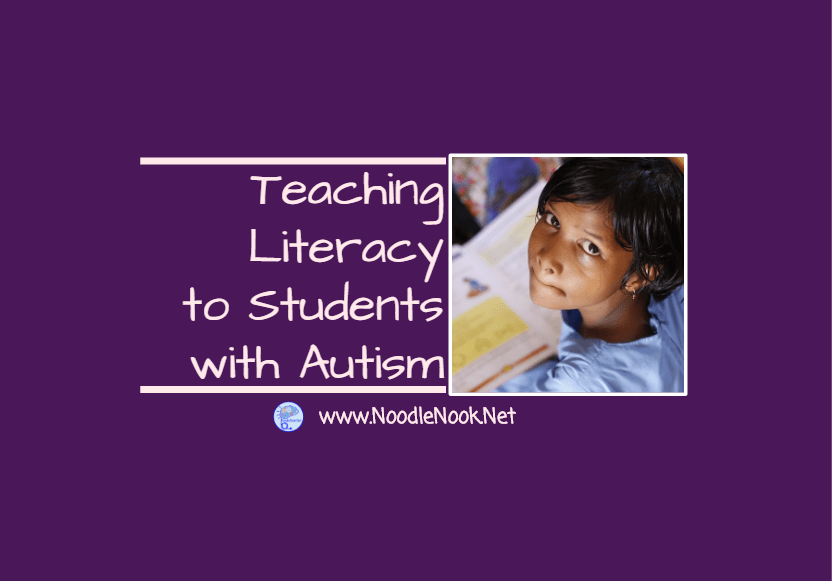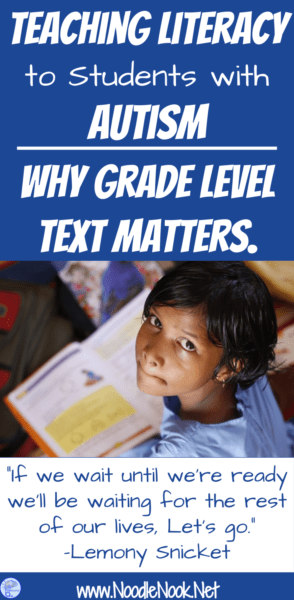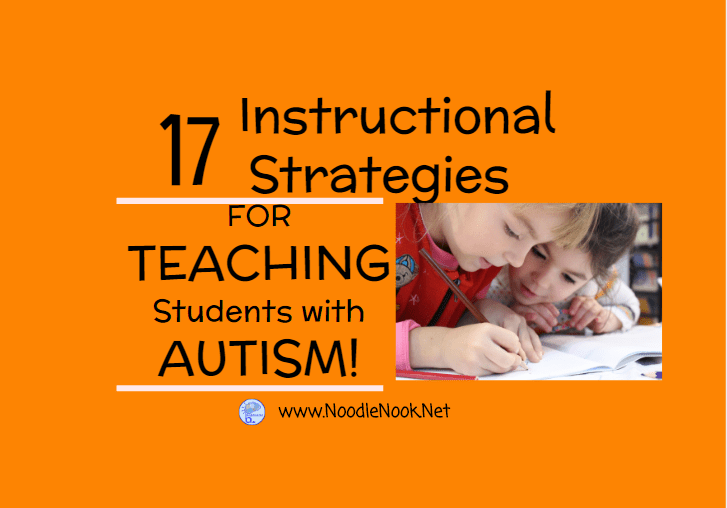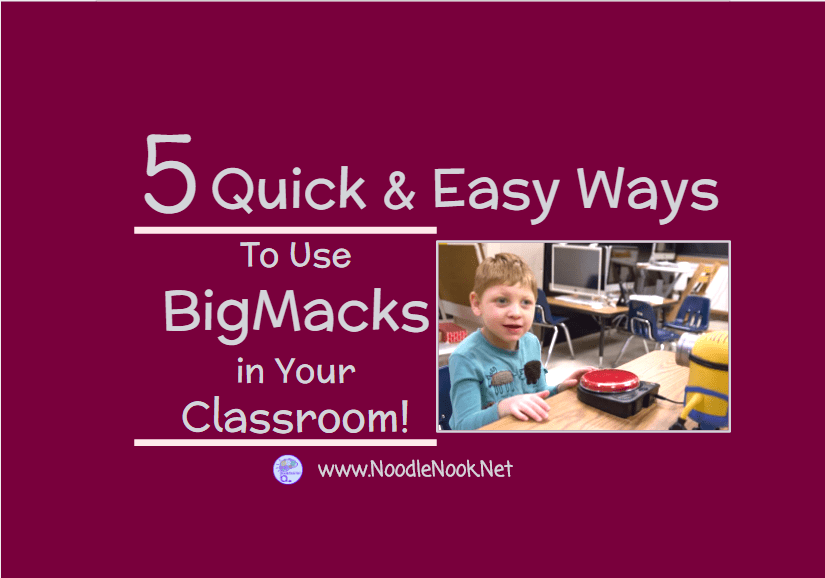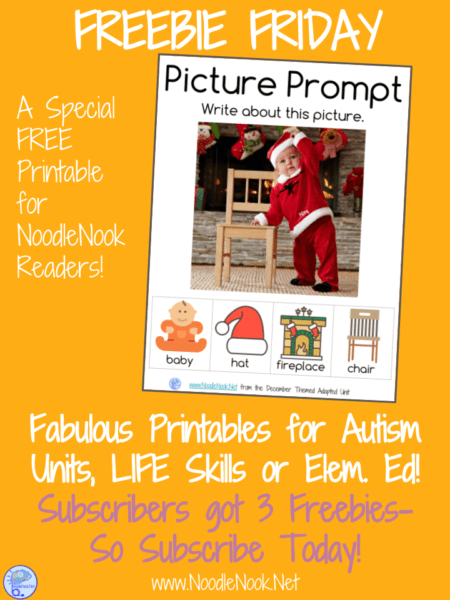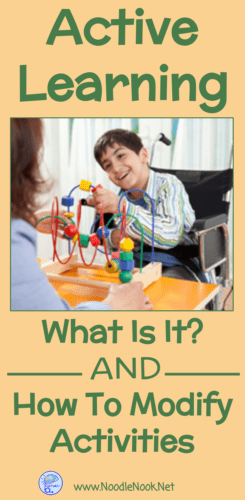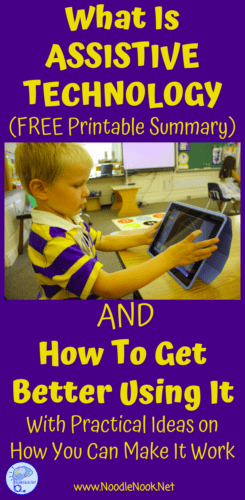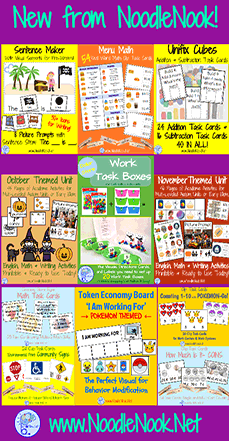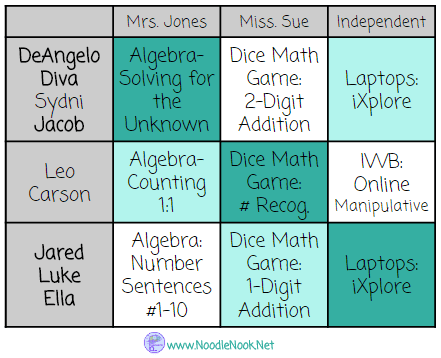Teaching Literacy to Students with Autism
Teaching Literacy to Students with Autism
I read a lot… I wish I had time to read more! I recently read an article about instructional level text as a tool to improve reading. This has always been something that has bothered me. Teachers have long believed that the only text appropriate for older students who happened to be low readers is instructional level text. In other words, text that corresponds with their assessed reading level. I have always thought otherwise. When you get to students in middle and high school, presenting only instructional level text limits a student’s exposure to challenging materials and also throttles their learning. So what does that mean when you’re teaching literacy to students with Autism and significant disabilities?
Dora in High School
It never fails, at least once a school year I walk into a high school classroom and see an almost adult reading a Dora or Barney book.
It literally makes me groan.
What would make anyone think a 17-year-old would want to read a Dora book? Whenever I talk about it with the teacher, the reaction is always the same. The student is reading a book that is appropriate for their “instructional reading level”.
It sounds very formal, and almost convincing… But truth be told, teachers have been holding on to the idea of instructional level text for so long- does it really apply when you’re teaching literacy to students with Autism or other significant disabilities?
Personally, I don’t think so.

